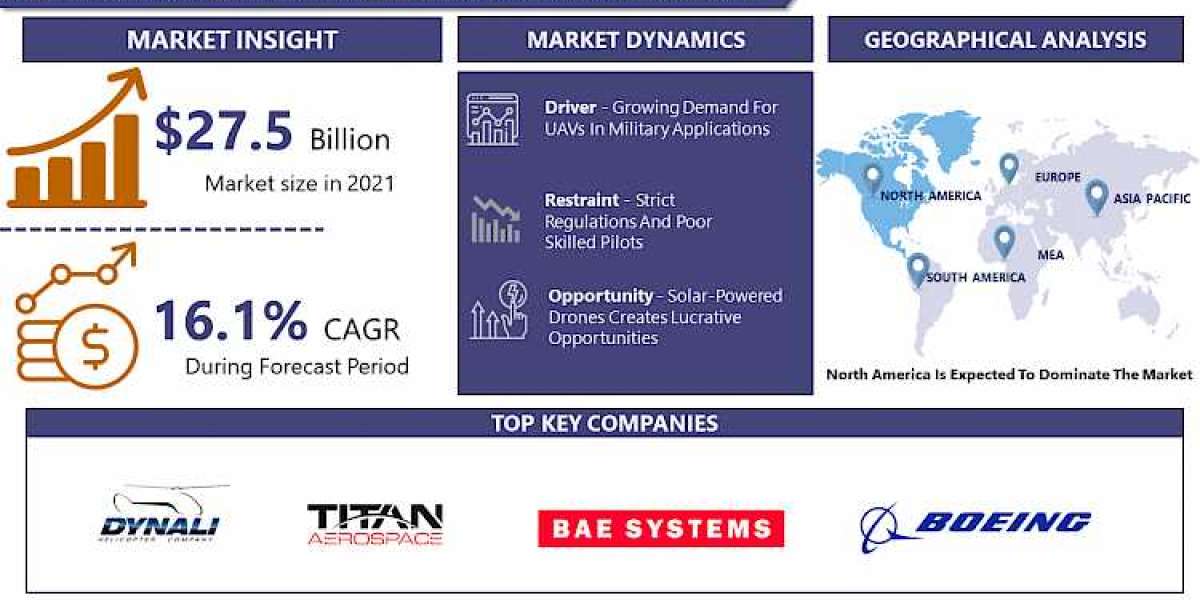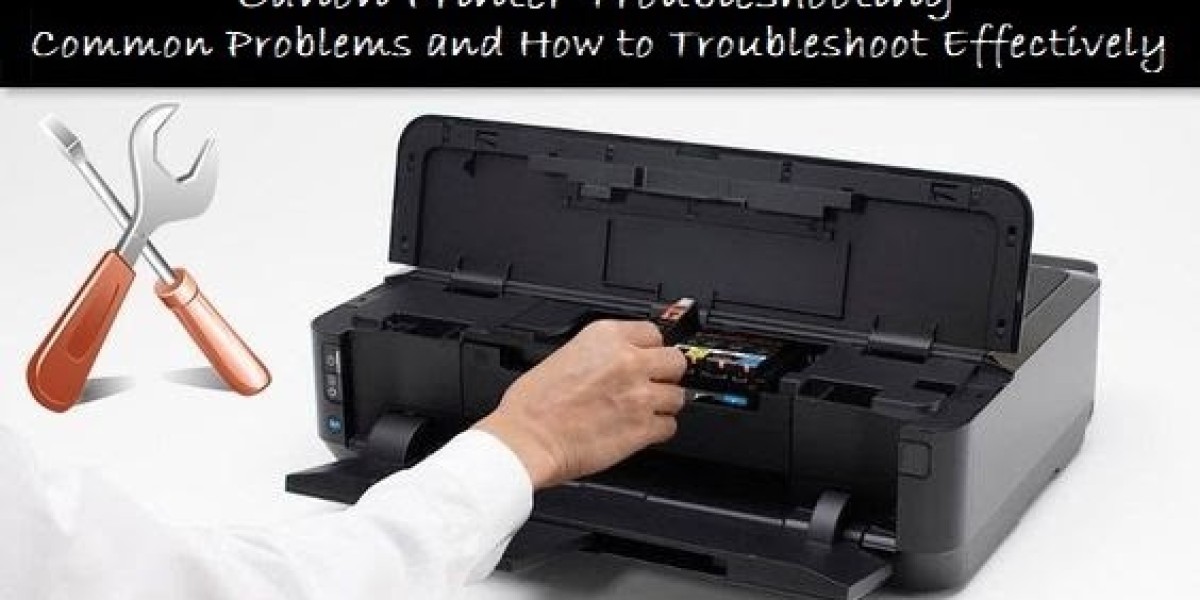The deep cycle function (ability to discharge and recharge) is not limited to lead acid batteries. The function is also used with Lithium technology. However, lead acid technology is still more widely used.
For starters, deep cycle lead acid batteries can either be flooded or sealed (gel cell or AGM). Each of these battery types differs in functionality. In order to choose the best for your functions, you need to understand their features.
Lithium-Ion 24v battery
The Lithium option is relatively new when it comes to deep cycle batteries. They are 30% lighter than flooded batteries. Additionally, they have 80 to 100% usable capacity. They come with a fast recharge rate and can last up to 5000 charge cycles.
Deep cycle Lithium batteries supply a constant voltage as it discharges. This means that if you are using it to light up a place, the lights stay bright even as the battery discharges and will just go off once the power is out. They will not slowly dim as the charge goes down.
Lithium iron phosphate batteries frequently employ the deep cycle function. They are commonly used in power backup systems or to store solar energy.
While Lithium batteries are maintenance-free, they need a battery maintenance system.
Flooded Lead Acid Batteries
These are the oldest serving batteries. They are made by submerging lead plates in an electrolyte (a mixture of water and sulfuric acid). The resulting chemical reaction reduces the electrolyte level, which needs to be topped up periodically.
Flooded lead acid batteries’ usable capacity is between 30 and 50%. The usable capacity is the amount of charge you can use before the battery needs to be recharged to full capacity to avoid damage.
Flooded batteries require the most maintenance efforts compared to other deep cycle options. You will need to keep adding distilled water to ensure that the electrolyte level is optimal. Additionally, you’ll need to clean acid residue from terminals, covers, and surroundings.
Always keep the battery upright to avoid leakages.
AGM (Absorbent Glass Mat) Deep Cycle Batteries
This is one of the VRLA battery types. The AGM refers to the use of thin fiberglass mats. These mats are placed between the lead plates so as to absorb the electrolyte. This prevents leakage and unnecessary electrolyte movement.
The glass mats act as a damper between the battery’s lead plates. This damper action makes the battery resistant to vibrations and shock. It also gives the battery the ability to withstand low temperatures.
AGM batteries tend to be more expensive than their flooded counterparts. They are generally maintenance-free and are not sensitive to positioning. They are fast-charging, but are sensitive to overcharging, and therefore need a regulated charger.
Gel Cell Batteries
This is another type of Valve Regulated Lead Acid battery. It is made with gelled electrolyte —the typical water and sulfuric acid mix which is suspended in silica gel.
Deep cycle gel cell batteries are costly compared to flooded lead acid batteries. Additionally, they require a special regulator and charger.








